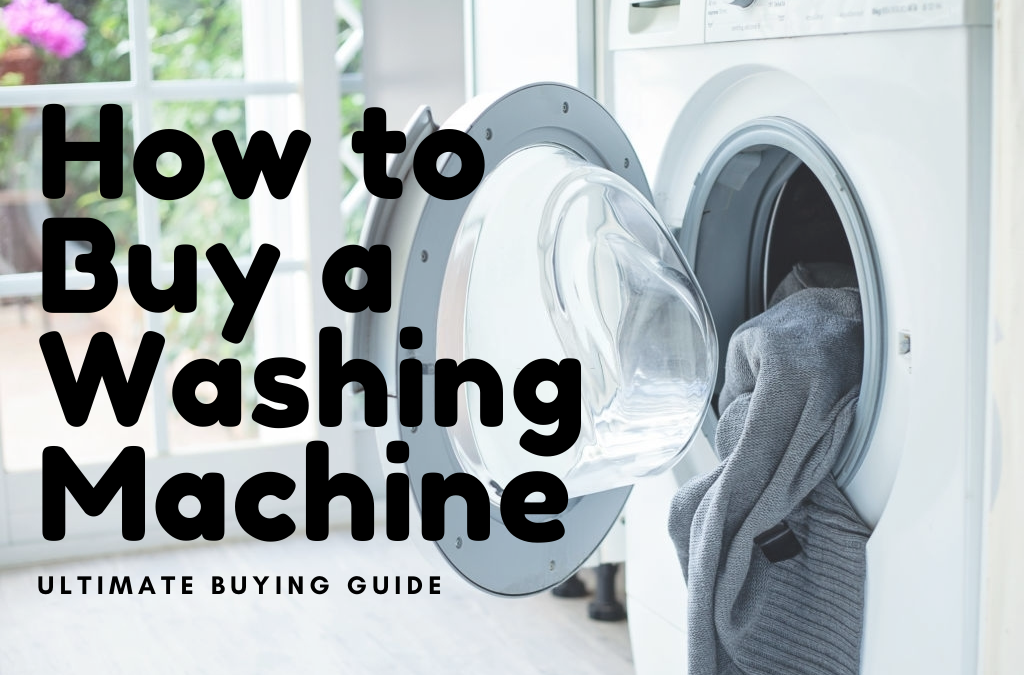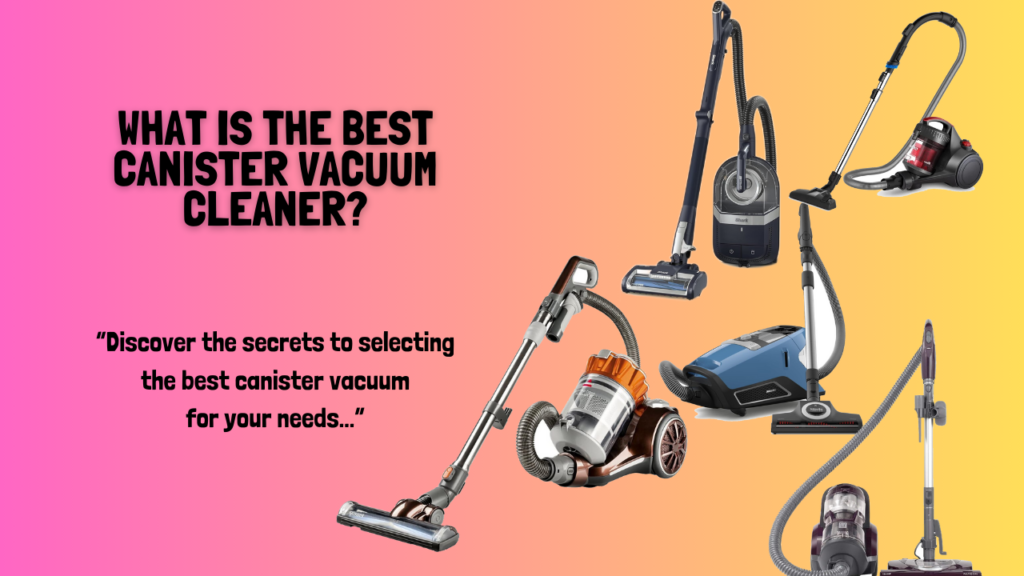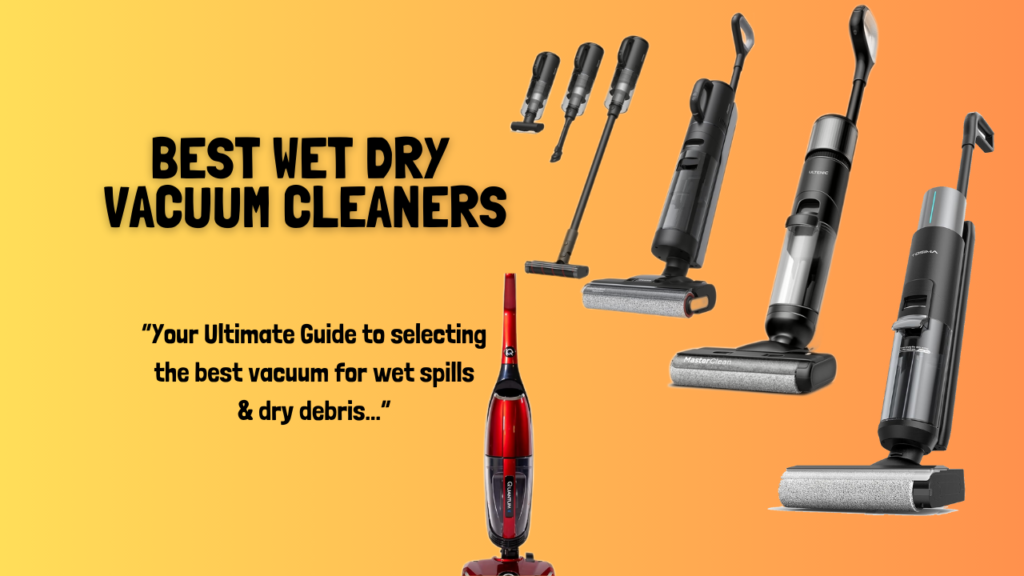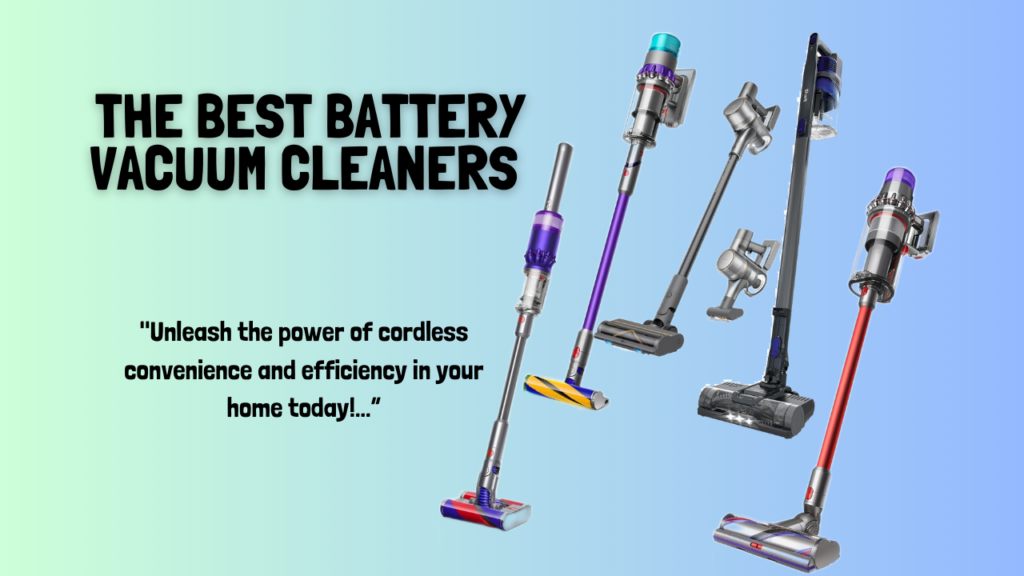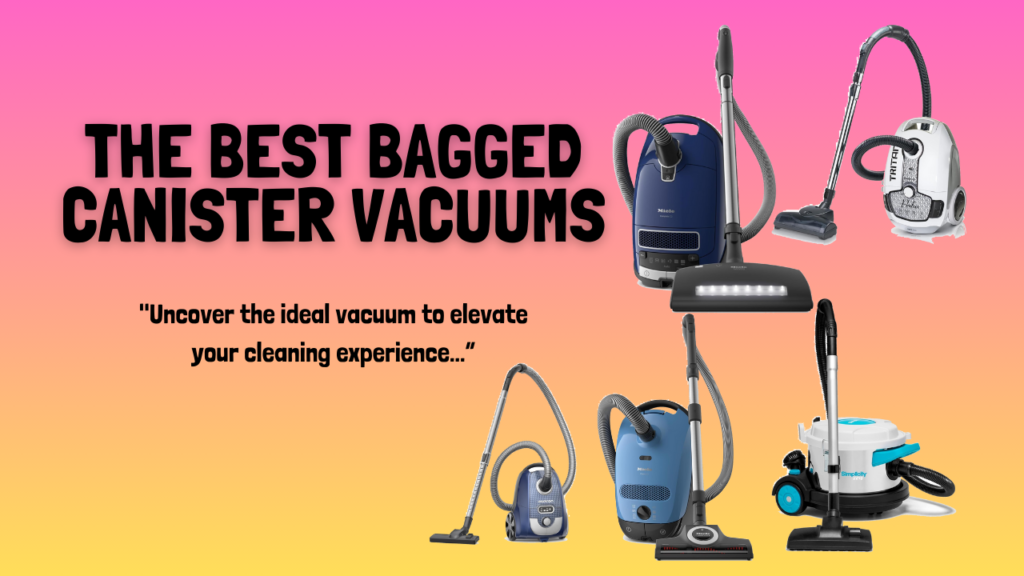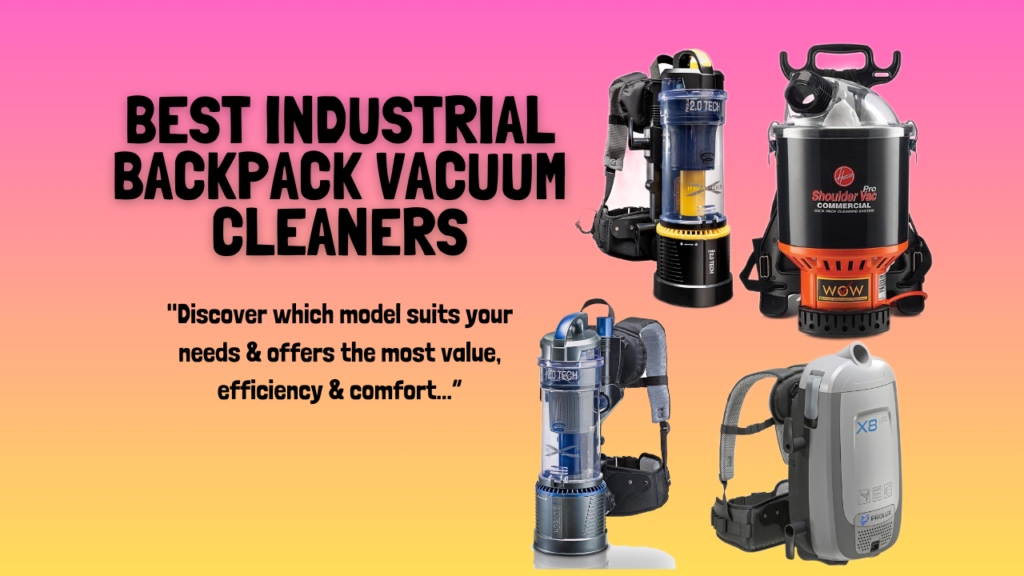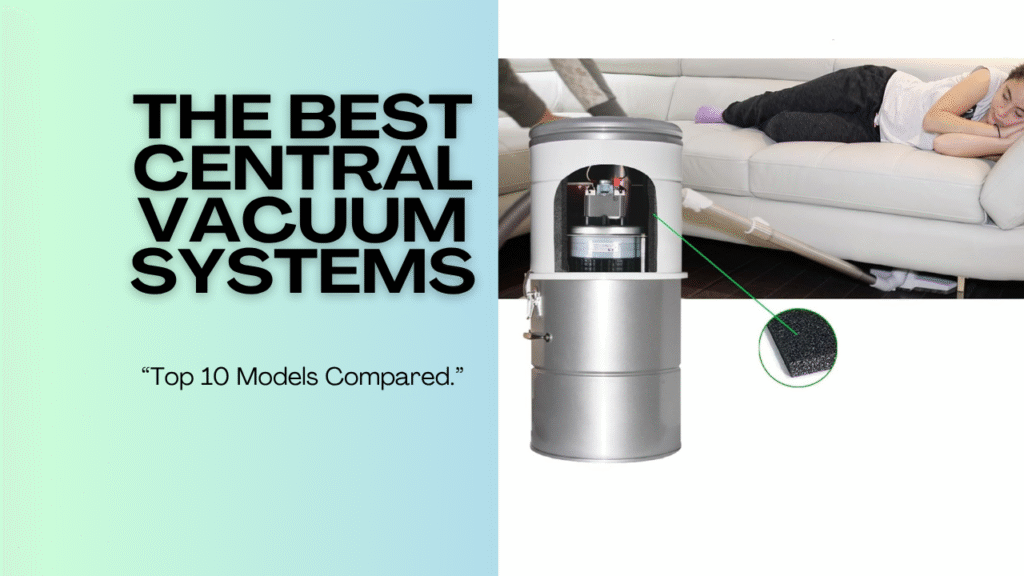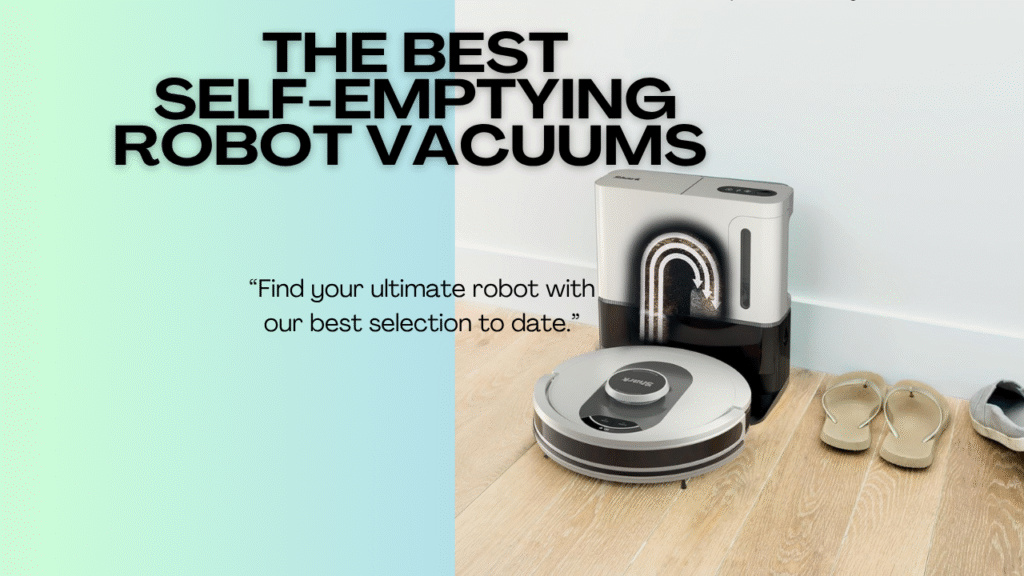Table of Contents
How to Buy Washing Machine
Do you think using a washing machine is simple? Not all of the time! It is critical to ensure that you understand how to use a washing machine so that your clothes come out fresh and clean every time.
So, whether you’ve just bought a new machine or want to know how to get the most out of your old one, keep reading for your complete guide to the washing machine dos and don’ts!
How to get the most out of your washing machine
Our how to use a washing machine tutorial includes a helpful infographic, so you can get a fast overview of the dos and don’ts of doing laundry even if you’re short on time.
Why do You Need to Know How to Use a Washing Machine?
Each sort of washing machine has its unique set of options. Knowing how to use a washing machine correctly will help you get more done with your clothes. We’ll look at three different sorts of washing machines in this article: semi-automatic, top-loading, and front-loading.
We’ve also covered how to select the right detergent for your washing machine, as well as some important dos and don’ts to keep in mind when using any washing machine.
Recommended for You: Best Rated Washing Machines
Do’s and Don’ts of Using Your Washing Machine
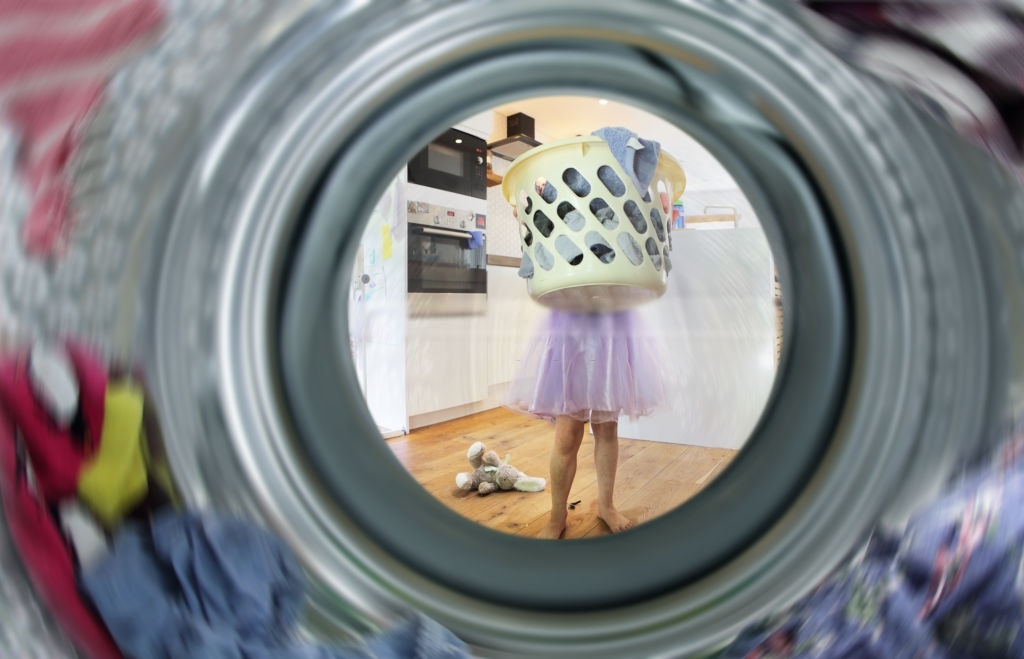
If you want to keep your washing machine in top-class working condition, you need to follow some dos and don’ts.
Do empty the pockets of your clothing items. You do not want small coins to ruin your machine’s motor. Do close the hooks of your innerwear. They can snag against other laundry items. Put delicate fabrics in a mesh bag while washing. Do sort your laundry in light and dark-colored piles to avoid color transfer.
Don’t overuse detergent. Do not leave wet laundry in the machine’s drum for more than 2 hours. And if you suspect a serious fault with your machine, call for professional help immediately.
This guide will show you how to properly wash garments in a washing machine. However, if you want your clothes to be clean, you must also clean your machine on a regular basis. Spend some time understanding how to clean your washing machine properly.
What to Look for When Buying a Washing Machine
With so many various types of washing machines on the market, picking the right one can be difficult. We’ll tell you all about the many types of washers, their pricing, and their benefits in our washing machine buying guide, finally assisting you in selecting the washing machine that best meets your needs.
Types of Washing Machines
- Semi-automatic washing machines
- Fully-automatic washing machines
Semi-automatic and fully automatic washing machines are the two main varieties, with the latter providing both front-load and top-load options.
Semi-automatic washing machines
These are straightforward washing machines with two drums, one for washing and the other for drying. Because you must complete the majority of operations manually, these are the cheapest washing machines available.
Filling the tub with water and then emptying it, transferring clothing from the washing tub and depositing them in the drying tub, and so on are examples.
Semi-automatic machines, on the other hand, have a few advantages: they use less energy, lets you manage how much water is used, and allow you to add or remove garments in the middle of a wash cycle.
Fully-automatic washing machines
This group is divided into two types: top-load and front-load, which we’ll discuss next. What you should know is that completely automated machines require very little human intervention.
This allows you to sit back and relax while they take care of your laundry. There’s no need to manually pour water or swap compartments when drying.
These washing machines also benefit from the most up-to-date technology offered by manufacturers.
Front-load Washing Machines
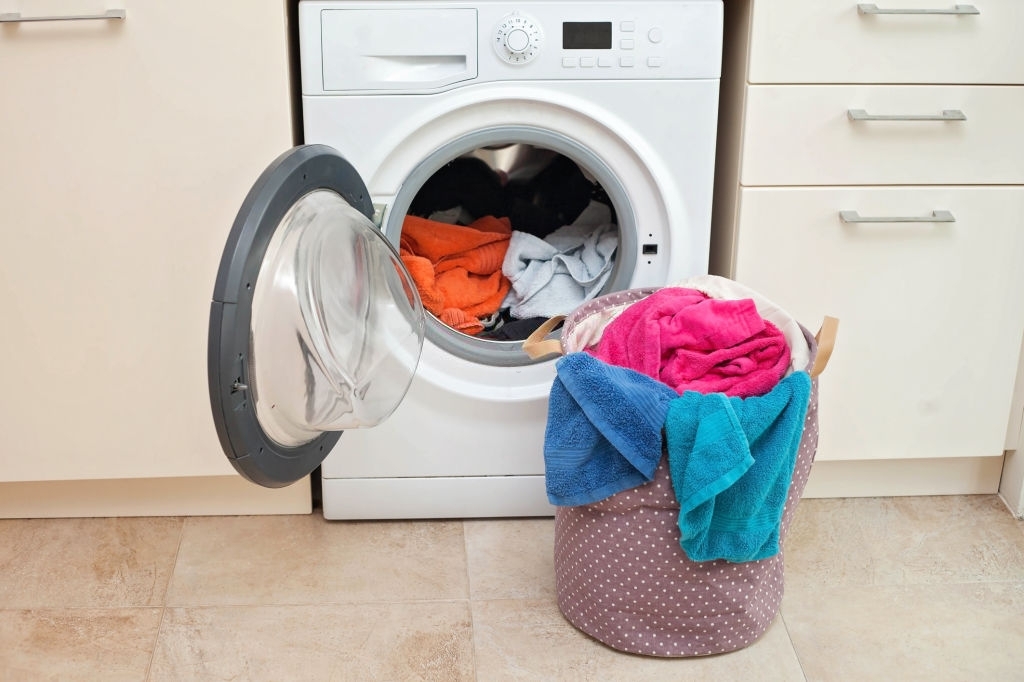
These washing machines are enormous and heavy, and they have a lot of different wash routines. They are quieter and provide the greatest wash quality of any washing machine. They must be loaded and unloaded from the front, as you may have predicted. There is only one tub for washing and drying in these machines.
Compared to top-loading machines, they use less water and electricity. Their drawbacks include a heavyweight that makes them difficult to move around, the inability to remove garments once the wash cycle has begun (available only on specific machines), and high pricing.
It can hold three shirts, three pairs of pants, one bedsheet, two towels, and two pillowcases at the same time. A washing machine with a capacity of 8kg or more is acceptable for a family of five or six members.
While a bigger family necessitates the purchase of a washing machine with a capacity of 10kg or more. This will let you pack three shirts, three pairs of pants, two bedsheets, six towels, and six pillowcases at the same time.
Keep in mind that larger machines are heavier, take up more space, and use more water and electricity.
Washing Machine Capacity
You’ll need to consider the number of people in your family/home, as well as the regularity with which you’ll be washing clothes when deciding on the capacity of your new washing machine.
5kg or 6kg of garments can be washed in a basic washing machine. This is ideal for two-person households since it can fit two shirts, two pairs of pants, one bedsheet, two towels, and two pillowcases.
If you plan on washing your clothes more frequently, you can opt for the 5kg or 6kg models, which are designed for families of three or four.
7kgs is the optimum size for a three- or four-person family.
Recommended for You: Best Energy Efficient Washer Dryer for Reliable and Powerful Washing
Wash Programs
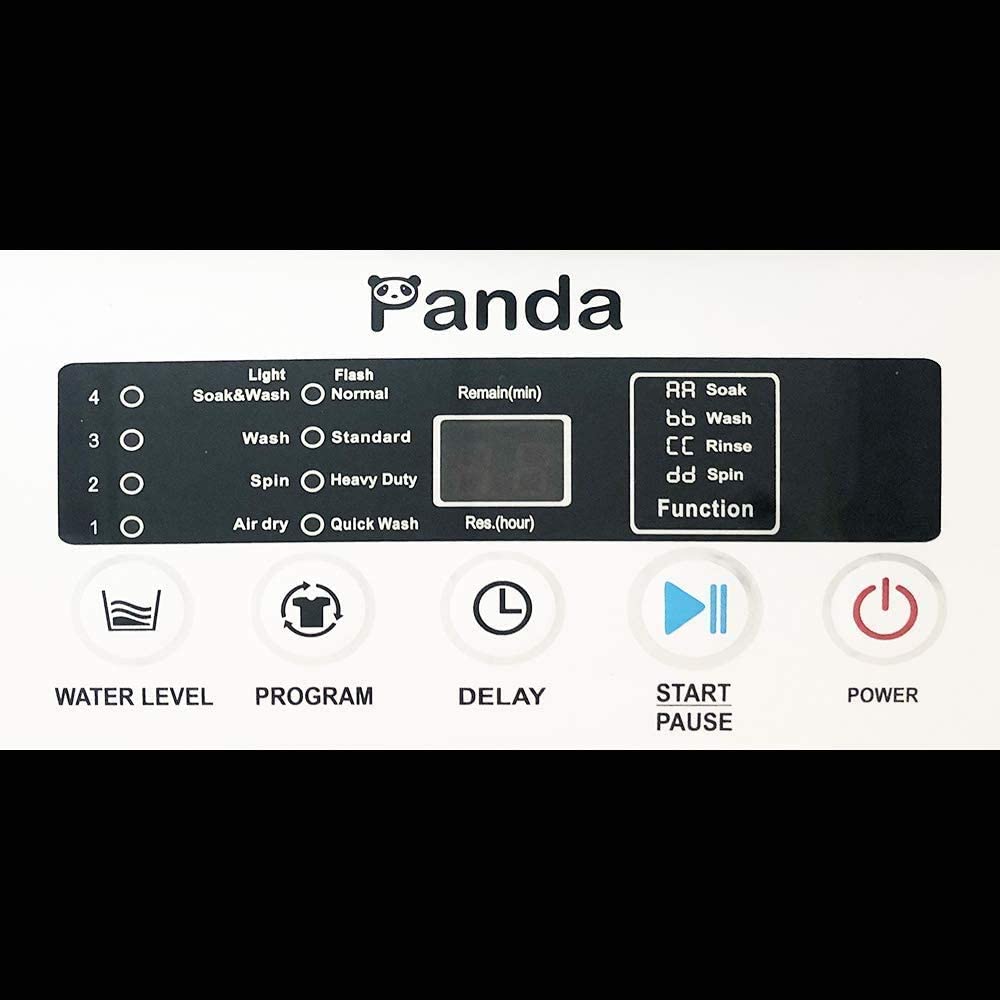
Now that you’ve learned about the many sorts of washing machines, let’s look at the various washing programs available. The programs are chosen based on the type of garments being washed and their capacity. Although not all machines will contain all of the programs listed below, the following are the most common:
- Quick Wash
- Daily Wash
- Pre-Soak
- Woollens / Delicate
- Cotton
- Synthetics / Easy Care
RPM Selection
RPM stands for revolutions per minute, and it refers to the drum’s rotational speed. The higher this number is, the better at squeezing water out of your clothes your washing machine is.
Some washing machines let you vary the RPM based on the clothes you’re washing — for example, you can set the machine to 600 RPM for delicates and 1200 RPM for sheets or towels.
How to Keep Your Washing Machine in Good Working Order
Washing machine maintenance is to keep the machine in good working order so that it saves energy and functions smoothly. When you inspect and maintain your washer on a regular basis, you decrease wear and tear on the machine, which can lead to it breaking down and requiring repairs or even replacement.
Keep your washing machine and its hoses clean and in good working order with these washing machine maintenance advice from Williams Comfort Air to avoid leaks, protect your clothes, and extend the life of your laundry machine. Learn how to properly care for your washer as well as how to spot indicators that it needs to be serviced.
Signs That Your Washing Machine Needs Maintenance
If you haven’t made washing machine maintenance a regular part of your routine, your washer could be in need of repair right now! While some appliance maintenance chores must be completed on a monthly basis, others must be completed less frequently, and you must watch for indicators that it is time to execute these duties.
Watch for these indications that show it’s time for washing machine maintenance, whether you have a front-loading high-efficiency washer or a top-loading machine.
- Supply or drain lines that are bulging or leaking
- Leaks from the washing machine
- There is no hot water.
- The drum is not turning.
- After a wash cycle, the drum does not drain.
- When you do laundry, the garments don’t always come out clean.
- Fabric and garments get ruined in the washing machine.
- Mold and mildew odors
- The equipment emits a lot of noise.
Steps for Washing Machine Maintenance on a Monthly Basis
Follow these washing machine maintenance instructions on a regular basis to keep your machine in good operating order and avoid water leaks and the need for professional repairs. Your appliance will be protected from wear and tear if it is inspected and maintained on a monthly basis.
Cleaning and Maintaining Washer Hoses
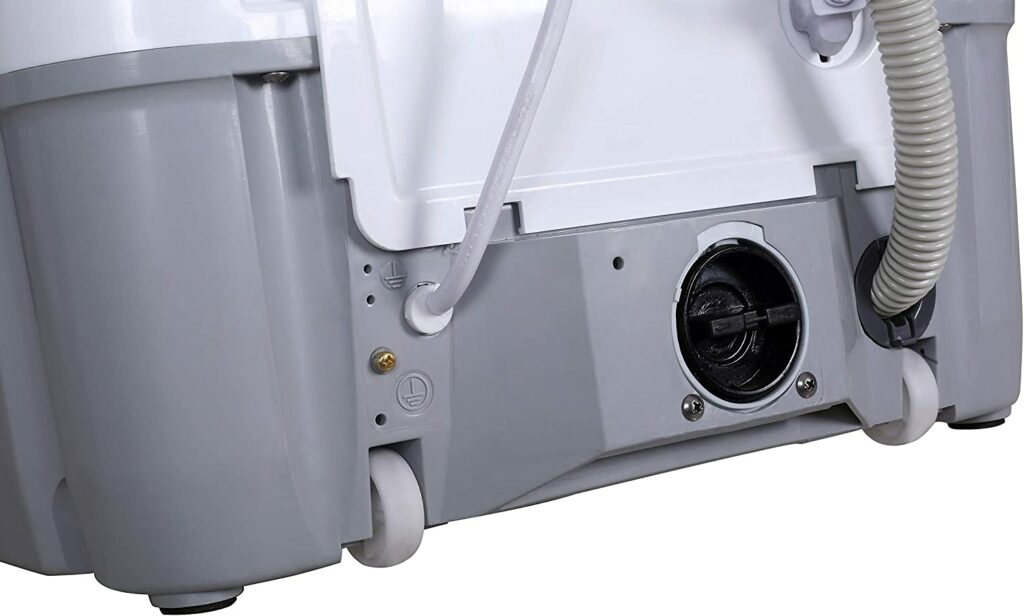
Hoses for washing machines usually last three to five years. A supply or drain hose, on the other hand, can wear out and become damaged before the five-year mark.
Water leaks from a damaged washing machine hose are extremely common, therefore check hoses on a regular basis for symptoms of damage such as bulging, split rubber, and fraying. If any damage is discovered, drain the water from the old hose and disconnect it from the device.
Install a new hose and check for a tight seal between the machine and the hot and cold water supply valve connections. Before you run a load of laundry, double-check that the drain hose is correctly fitted into the drain if you’re changing it.
Check Machine Position
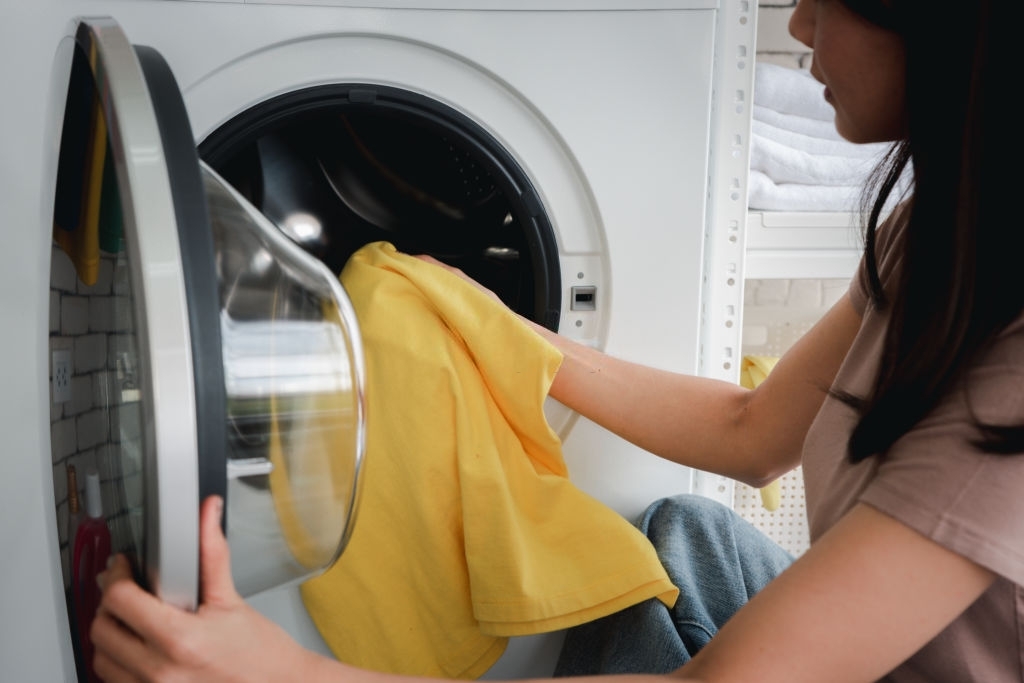
During operation, washing machines might wander around the room, especially during the spin cycle if they are overloaded with clothes. It’s critical to keep at least four inches between washing machines and the room’s or dryer’s wall. This area helps avoid rubber hose kinks, which can cause water leaks and hose damage.
Adjust the appliance legs to keep them level and limit movement if the equipment does move about. Turn a leg clockwise to lower it and counterclockwise to raise it.
Remove the Lint Filter if it’s clogged.
During a wash cycle, fabric and clothing release fibers, resulting in lint in the water. The machine will capture lint particles as water drains, preventing clogs in your home’s plumbing.
Final Thoughts
Buying a washing machine may be daunting, but it does not have to be. Investing a few minutes to learn about the various types of washers and their functions can help you save time and money.
Our Washing Machine Buying Guide will teach you everything you need to know about finding a machine that can handle all of your laundry requirements.

